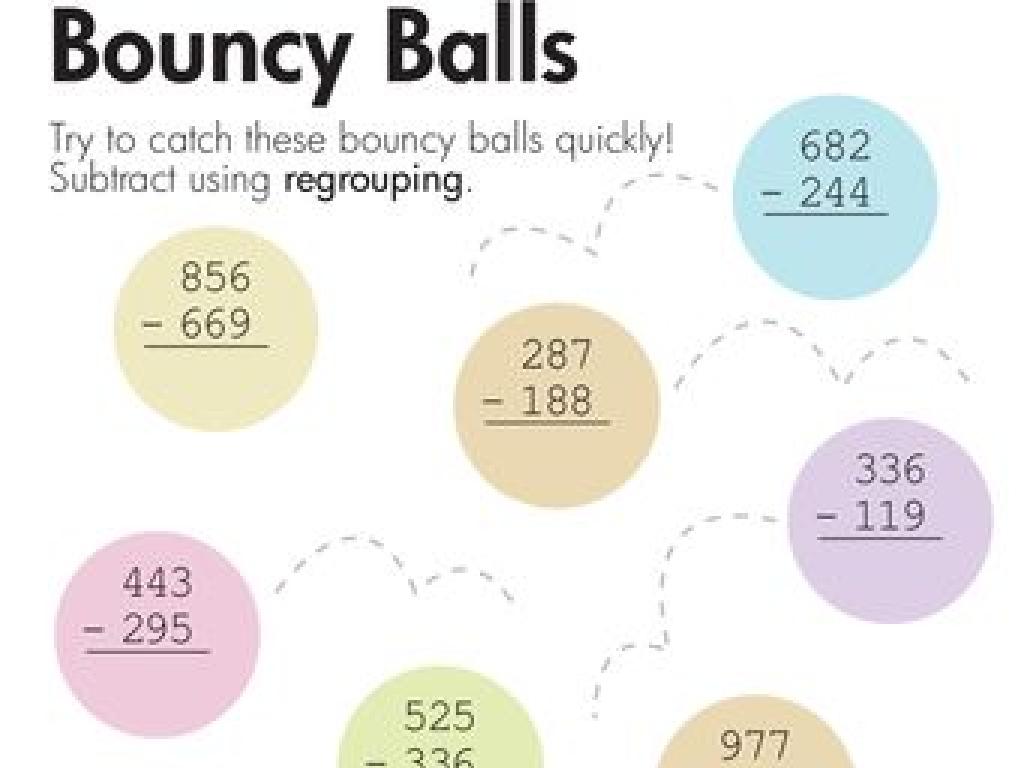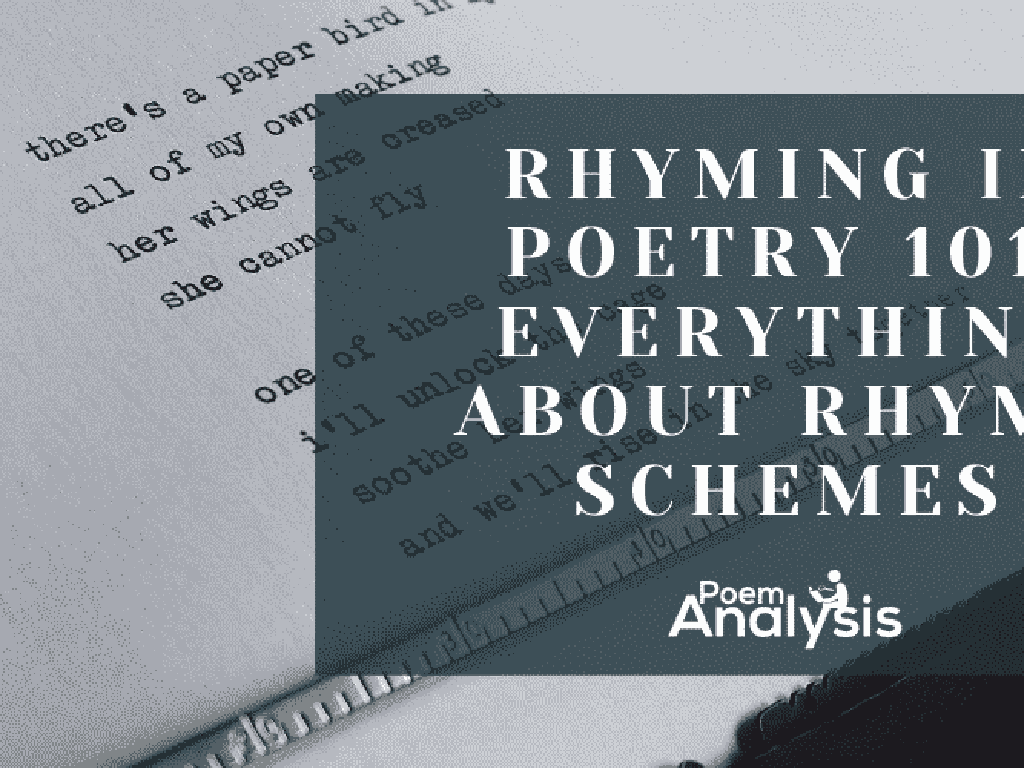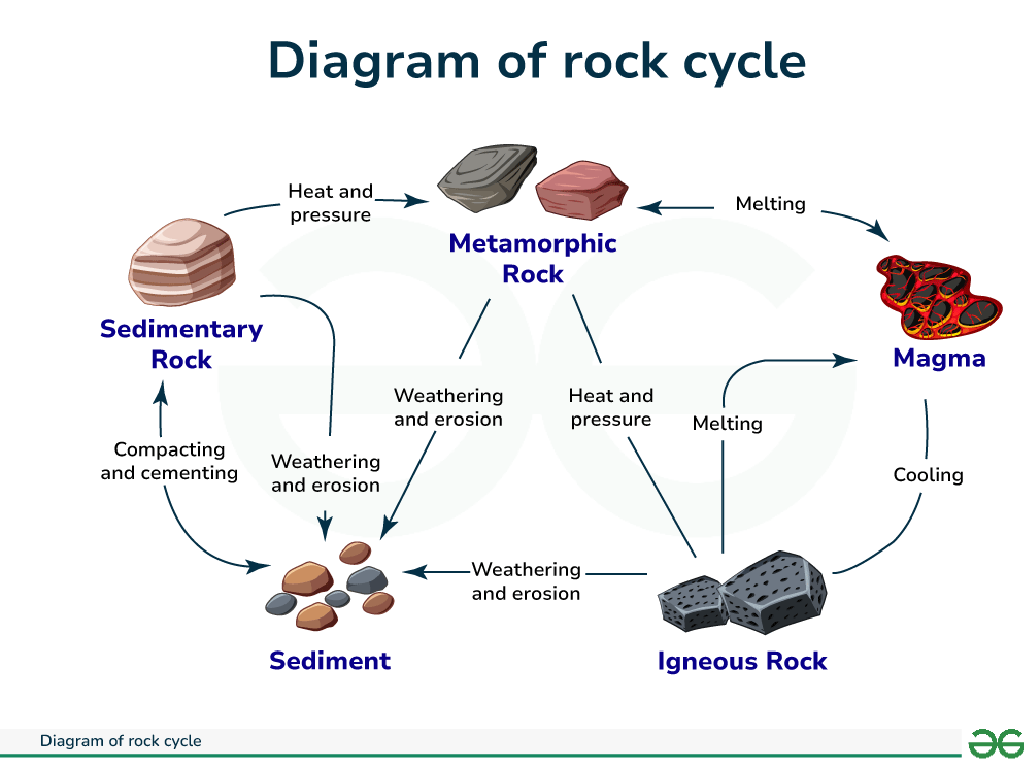Add With Cubes - Sums Up To 10
Subject: Math
Grade: Pre-k
Topic: Addition Up To 10
Please LOG IN to download the presentation. Access is available to registered users only.
View More Content
Welcome to Addition with Cubes!
– Greet our little mathematicians
– Today’s fun: adding with cubes
– What is addition?
– Addition means putting numbers together to see how many we have.
– Let’s count cubes together!
– We’ll use cubes to add numbers up to 10.
|
This slide is designed to introduce Pre-K students to the concept of addition in a fun and interactive way. Start the class with a warm greeting to make the children feel excited about learning math. Explain that addition is simply combining numbers to find out the total amount. Use physical cubes to demonstrate this concept, as hands-on activities are very effective at this age. Encourage the children to participate by counting aloud and using the cubes to add numbers together. The goal is to help them understand addition up to 10 in a playful and engaging manner. Be prepared with enough cubes for the class and have a few simple addition examples ready to show them.
Learning to Add with Cubes
– What are cubes?
– Cubes: small, stackable, and countable blocks.
– Cubes help us add
– We use colorful cubes to find sums of numbers.
– Counting cubes together
– Let’s practice counting cubes up to 10.
– Adding up to 10 with cubes
– We’ll add cubes to make different numbers up to 10.
|
This slide introduces the concept of using physical objects, specifically cubes, to learn basic addition. Start by explaining what cubes are and how they can be a fun tool for learning math. Show the students the cubes and demonstrate how to count them. Engage the students by counting cubes as a group activity, ensuring they understand that each cube represents one unit. Then, move on to using these cubes to add numbers together, showing how different combinations of cubes can add up to 10. This hands-on approach helps solidify the concept of addition by making it visual and tactile, which is ideal for Pre-K students’ learning styles.
Adding with Cubes: Sums Up to 10
– Adding means putting together
– Example: 2 cubes + 3 cubes
– If you start with 2 and add 3 more, how many now?
– Count all cubes for the sum
– After adding, we count: 1, 2, 3, 4, 5!
– Let’s add cubes as a class!
|
This slide introduces the concept of addition using cubes, which is a tangible way for Pre-K students to understand adding numbers. Start by explaining that adding is simply putting things together. Use the cubes to demonstrate adding 2 and 3 together. Have the students count the total number of cubes after they are combined to find the sum. This hands-on activity will help solidify the concept of addition. Prepare to guide the class through a few examples, ensuring they understand the process of counting to find the sum. Encourage participation and make the activity fun by perhaps using colorful cubes or turning it into a game.
Adding Cubes Together
– 1 cube plus 4 cubes equals 5 cubes
– Example: 1 red cube + 4 blue cubes
– 3 cubes plus 2 cubes equals 5 cubes
– Example: 3 green cubes + 2 yellow cubes
– Different combinations make 5 cubes
– Practice adding up to 10 cubes
– Try with your own set of cubes!
|
This slide introduces the concept of addition using physical cubes, which helps Pre-K students visualize the process of combining numbers to reach a sum. Start with simple examples, such as combining 1 cube with 4 cubes to make 5. Show that there are multiple ways to reach the same sum by adding different numbers of cubes, like 3 plus 2. Encourage the students to use their hands-on cube sets to explore various combinations that add up to 5, and then gradually increase the difficulty by having them add up to 10. This activity will help solidify their understanding of addition within 10. Make sure to walk around the classroom to assist and praise the students as they work through their examples.
Adding with Cubes: Making Sums Up to 10
– Add small numbers to reach 10
– Example: 4 cubes + 6 cubes
– What’s 4 plus 6? Let’s count cubes together!
– Counting cubes to make 10
– Each cube represents 1. Combine them to see 10!
– Understanding addition visually
– Visual aids like cubes help grasp the concept of addition.
|
This slide introduces the concept of addition using a hands-on approach with cubes. Start by explaining that smaller numbers can be combined to make larger numbers, specifically sums up to 10. Use the example of adding 4 cubes to 6 cubes to show how we can reach the sum of 10. Encourage the students to physically count the cubes as they add them together, reinforcing the concept of addition. This visual and tactile method helps Pre-K students understand the abstract concept of addition by making it concrete and tangible. During the activity, walk around the classroom to ensure that students are correctly counting and combining the cubes. Offer praise and gentle corrections as needed.
Let’s Practice Together: Adding with Cubes!
– Try adding with your own cubes
– Find sums up to 10 together
– We’ll add cubes in pairs until we reach 10
– Use fingers for counting
– If you run out of cubes, count on with fingers
– Have fun with numbers!
|
This slide is designed for an interactive class activity where students will practice adding numbers using physical cubes. Encourage the children to pair up the cubes to make sums up to 10. Remind them that they can also use their fingers to count if they need to. This hands-on activity helps to solidify their understanding of addition within 10. As they work, walk around the room to offer help and praise their efforts. For variation, some students can try to find different combinations that add up to the same sum, while others can race to see how quickly they can reach the sum of 10 using different numbers of cubes.
Class Activity: Cube Addition Fun!
– Receive a set of cubes for addition
– Create sums up to 10 with cubes
– Try making 2+3, 4+1, or 5+5 with your cubes
– Share your cube sums with the class
– Compare sums with your friends
– Did anyone else make a 7 like you did with 4+3?
|
This activity is designed to help Pre-K students understand the concept of addition by using a hands-on approach with cubes. Distribute an equal number of cubes to each student, ensuring they have at least 10. Encourage them to explore different combinations that add up to 10 or less. As they create each sum, they should lay out the cubes in clear, separate groups representing each addend. After they’ve made a few sums, ask them to present their findings to the class. This will foster a collaborative learning environment where students can see the variety of ways to reach the same sum. Possible variations for different students could include using different colored cubes for each addend, combining the activity with a storytelling aspect, or having them draw their cube combinations on paper.
Great Work with Cube Addition!
– Proud of your cube adding skills
– Adding shows total things we have
– When we add, we combine groups to see the total number.
– Practice with cubes makes perfect
– The more you add, the better you get!
– Keep practicing at home!
– Use your cubes to add different numbers up to 10.
|
This slide is a conclusion to reinforce the skills learned during the lesson on adding with cubes. It’s important to celebrate the students’ efforts and remind them of the purpose of addition – to find the total number of items. Encourage them to continue practicing at home, as repetition will help solidify their understanding of addition up to 10. Suggest that parents engage in simple addition activities with their children using cubes or other household items to make learning fun and hands-on.






